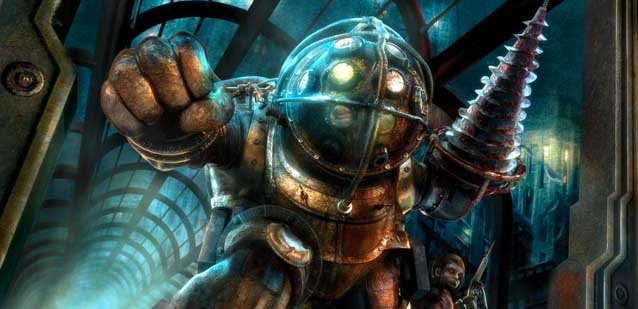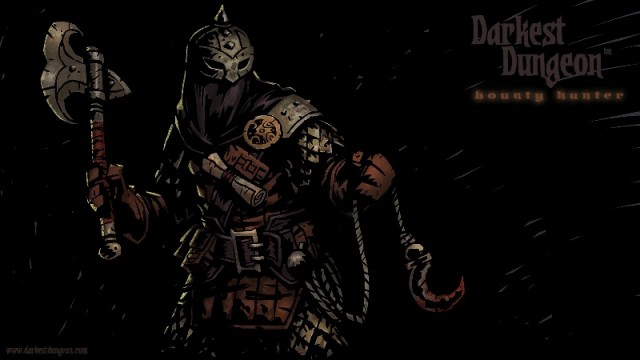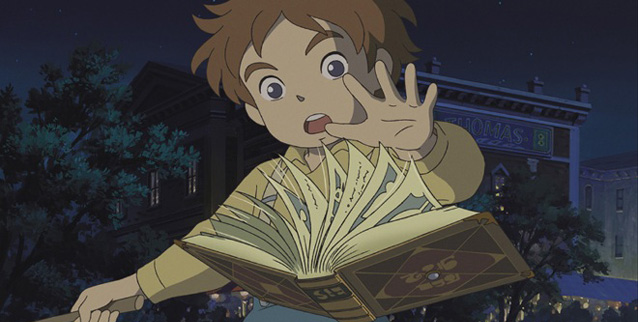

Much like the Spider-Man films needed a transfusion of fresh blood to revitalize the franchise, Activision's Spider-Man games were ready for a renewal. After a couple of stiflingly linear (and thoroughly average) adventures, The Amazing Spider-Man (based off the movie of the same name) should have been Spidey’s triumphant homecoming – the first Spider-Man game in years to feature an open-world version of New York City. Instead, it's a repetitive adventure that’s barely saved from mediocrity by a couple of interesting concepts.
Taking place in the same world as the new film, the game is set a few weeks after the movie ends. (WARNING: See the movie first or else this game will spoil much of the film for you.) Thanks to Oscorp and some accidental help from Spider-Man, there's an outbreak of of animal men and a cross-species virus that's transforming the residents of New York into strange creatures. With the help of Curt Connors, Spidey has to save the city’s denizens, including his girlfriend Gwen Stacy.
Having the game occur after the film is a plus, since we’d rather not repeat Spider-Man’s origin all over again. But since the main problems of the film’s plot have been solved, we’re stuck fighting a loser squad instead of A-listers like the Lizard. That means we're resigned to trading punches with personality-free versions of villains like Scorpion and Rhino or battling even more bland robots. Seriously, has there ever been a more overused enemy in comic book games than the generic robot? At least the writing is helped by Spidey's mildly witty quips along with some clever cameos by Bruce Campbell and others.
The core gameplay of a Spider-Man game is hard to get wrong, especially with a developer like Beenox on the job. Amazing is the team's third Spidey game in as many years – and like Shattered Dimensions and Edge of Time, they stick closely to what Neversoft had pioneered in games like Spider-Man 2 and Ultimate Spider-Man. Spider-Man moves in all the ways we expected, swinging freely through the city, webbing up crooks and henchmen, sticking to walls, and generally doing whatever a spider can. His nimble movements are an amalgam of a dozen different approaches to Spidey – which is fine, just not all that new.
At least the combat changes things up compared with past titles, although it seems to crib from another very famous (non-Spidey) game. The flow of combat, with Spidey chaining punches and combos while dodging and countering with his Spider Sense, borrows very heavily from Batman's Arkham games. When standing in the very heavy shadow of the Bat, Spidey's fighting style can't help appearing the lesser of the two, even with quirky lucha libre moves to make Parker's more unique. It's imprecise compared to Arkham's genius approach to combat – and that complaint goes double for Amazing's stealth tactics, which tries hard to be like Batman and fails, lacking the precision to pull off little more than simply sticking an unsuspecting enemy to the ceiling. There's much Spidey can learn from Batman's stellar titles, but this poorly implemented and half-baked adoption ignores what makes Spidey great while trying to paste on a style that doesn't quite fit.




 How to Fix Darkest Dungeon White Screen issue, Crashes, Missing .dll files error, Full screen, OpenGl Error and more
How to Fix Darkest Dungeon White Screen issue, Crashes, Missing .dll files error, Full screen, OpenGl Error and more Devil May Cry HD Collection Achievements List
Devil May Cry HD Collection Achievements List The Magic Master and the Localization of Ni no Kuni
The Magic Master and the Localization of Ni no Kuni Oculus Rift vs. HTC Vive vs. Playstation VR: Which Should You Buy?
Oculus Rift vs. HTC Vive vs. Playstation VR: Which Should You Buy? FIX for Dead Island SAVE glitch on PS3
FIX for Dead Island SAVE glitch on PS3